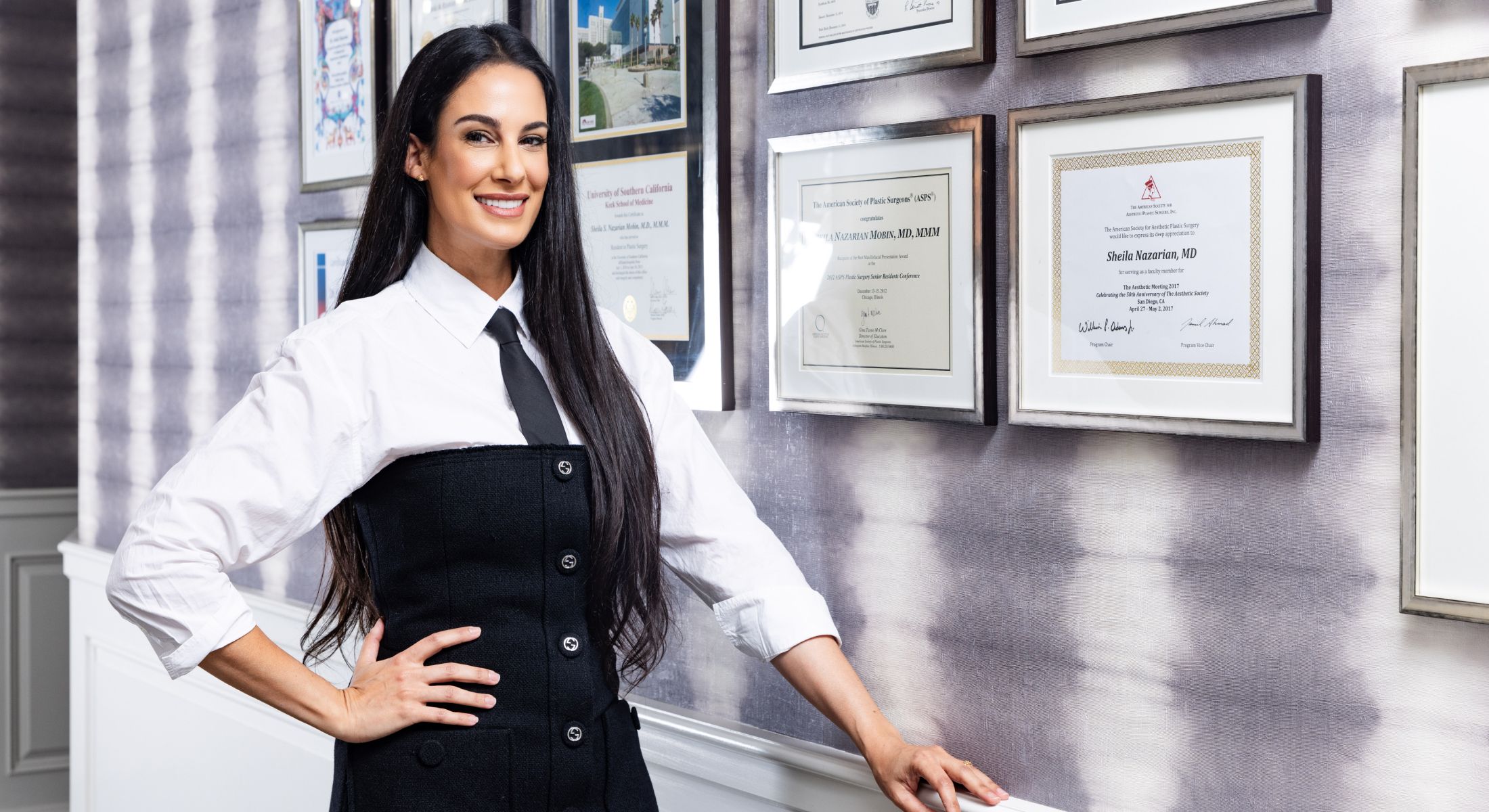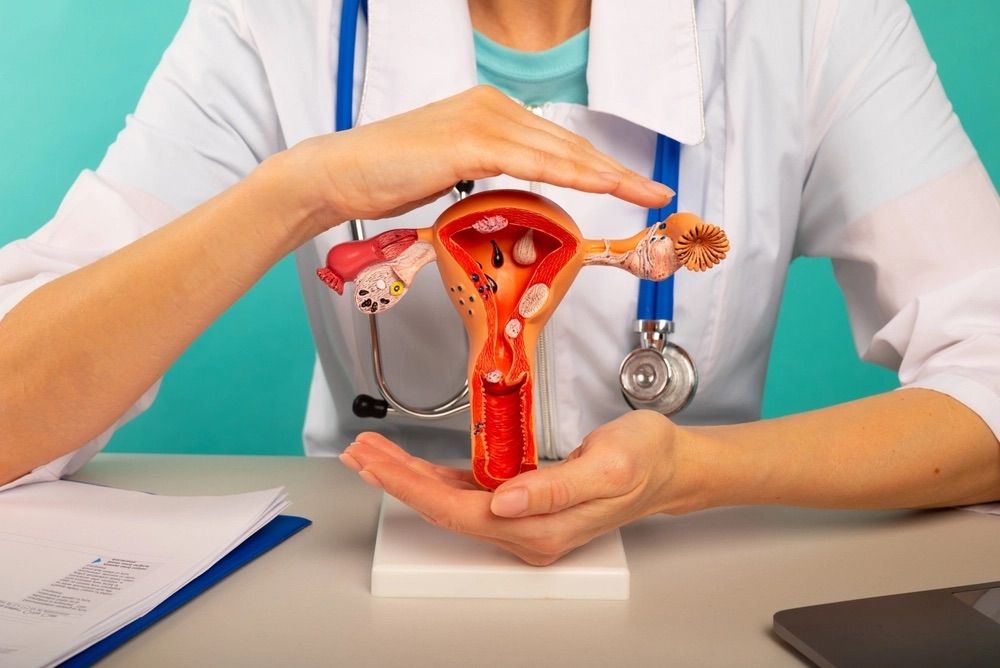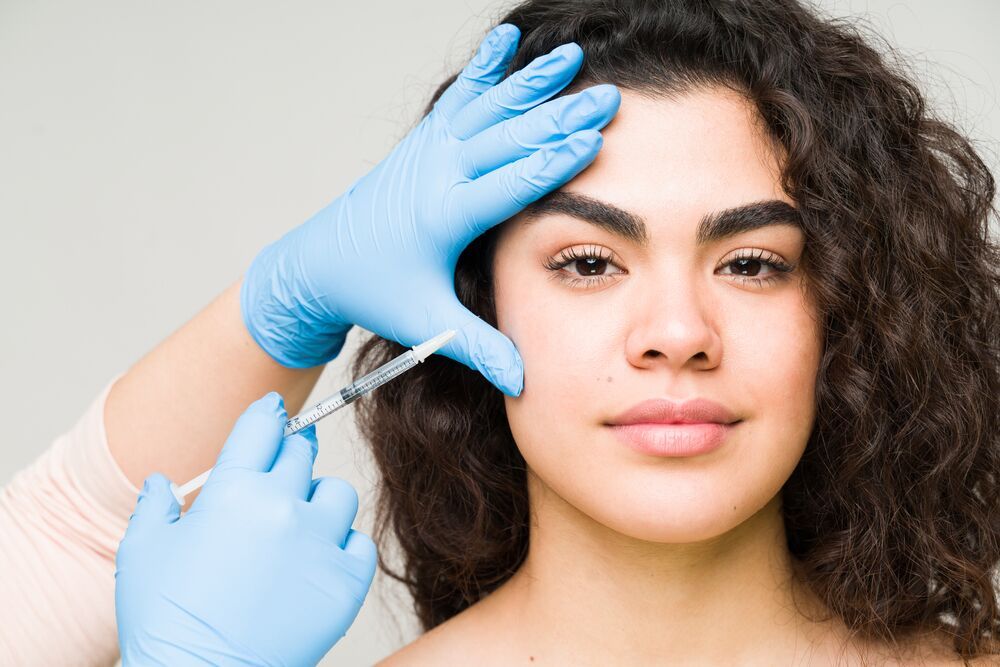Is Labiaplasty Right for You? A Guide to Costs, Benefits, and Realistic Expectations

Why Is It Called Plastic Surgery?
by Dr. Sheila Nazarian

by Dr. Sheila Nazarian

What would you say if I was to ask you, why do they call it plastic surgery? Most people would go straight to the thought of breast implants because they are made from plastic. However, if you think about it, these implants were not even introduced until 1961. The first record of plastic surgery dates back to 800 B.C. in India. So, why is this type of surgery called plastic surgery?
In this article, we will explore the history of plastic surgery including famous plastic surgeons through the ages and a brief history of reconstructive and cosmetic surgery.
Plastic Surgery is a Greek term: plastike (teckhne) which means the art of modeling or sculpting. The first type of reconstructive surgeries was creating forehead flaps to cover amputated noses. During this time, the Egyptians and Romans were also known to perform plastic surgery to help with defects in the ears and lips, as well as enhance the appearance of the skin.
The American Board of Plastic Surgery (ABPS)PS, was established in 1937. By 1941, it was recognized as a major specialty by the American Board of Medical Specialties (ABMS). However, this status was given well before the use of modern-day industrial plastic products.
The actual practice of plastic surgery would include the repair, reconstruction, and enhancement of a patient through what is known as the art of surgery. Two main areas can be considered here, which include reconstructive and cosmetic surgery.
Reconstructive surgery restores a person’s form and function often after a traumatic injury. This type of surgery does not include cosmetic or aesthetic surgery. Here are some examples of doctors who perform reconstructive surgery:
Reconstructive surgery also represents a small but very important part of caring for and healing cancer patients. This type of surgery is used for cancer patients to extend the ability of other surgeons and specialists to more radically treat cancer. In this way, patients have the greatest opportunity for a cure.
Reconstructive surgeons follow a concept called the “reconstructive ladder” to manage increasingly complex wounds. The ladder starts with very simple reconstructive techniques and moves to more complex skin grafts, tissue expansion methods, and free flaps.
Cosmetic surgery rose to popularity in the seventies and eighties. The rich and famous were the first to turn to plastic surgery to enhance their appearance and maintain a youthful mien. Gradually, cosmetic surgery became more common and now it’s available to everyone.
The most common cosmetic surgery procedures in the United States are:
These days, many people pursue cosmetic surgery for purely aesthetic reasons. However, some procedures also have real health benefits. For example, a rhinoplasty procedure can improve the patient’s airway resulting in improved breathing, a decrease in headaches, and fewer nosebleeds. Breast reductions offer significant relief to patients experiencing back pain due to large breasts. After liposuction, some studies have shown some diabetic patients can reduce their insulin requirements.
Visit our blog and learn how to avoid bad plastic surgery.
We tend to think of plastic surgery as something very modern. However, the earliest plastic surgery procedures can be traced back as early as 800 B.C. in India. The first textbook on plastic surgery was written in 1895 by Gaspare Tagliacozzi in Italy and focused mostly on nasal reconstruction surgeries. There were breast augmentations completed even before the 1900s, and huge advancements in reconstructive surgeries were made treating soldiers after WWI.
The ancient Egyptians, Indians, Greeks, and Romans all had the knowledge and ability to perform reconstructive surgeries. The ancient Indians, in particular, were known for their skill in rhinoplasty. However, due to the dangers of performing any surgical procedure during that period, plastic surgery remained rare until the 19th century. Once anesthesia and antibiotics became available, plastic surgeries became safer and more common.
Sushruta, an ancient Indian responsible for advancing medicine in India, is known as the father of plastic surgery. He performed procedures between 1000 and 800 B.C. However, the man considered to be the father of modern-day plastic surgery is Sir Harold Gillies.
The first American plastic surgeon, Mettauer performed the first cleft palate operation in America using instruments he designed himself in 1827. He trained many other surgeons at his private school in the 1830s and 1840s where he was known as an innovative teacher and surgeon.
Sir Gillies treated soldiers with facial wounds during and after bot WWI and WWII in England. He reconstructed the faces of injured soldiers using skin grafts. After the wars, Gillies continued to practice and pioneered sex reassignment surgery in 1946 and 1951.
McIndoe worked together with his cousin, Sir Harold Gillies, during WWII in England. McIndoe was known for his innovative and effective treatment of badly burned soldiers. His techniques for treating burned faces and hands along with his genuine care for his patients earned him deep affection from his staff and the nickname “Maestro.”
He is best known for his unique skin grafts as well as his “McIndoe Nose” rhinoplasty technique. He helped to establish the British Association of Plastic Surgeons and, in his later years, served as its president.
Many early plastic surgeons were involved in reconstructive surgery. However, reconstructive surgery isn’t the only kind of plastic surgery. These days a large portion of plastic surgery procedures are cosmetic.
As the field of plastic surgery has advanced, the results of both reconstructive and cosmetic surgery have improved greatly. It would be impossible to discuss the history of plastic surgery without talking about the before and after.
Beginning with McIndoe’s “Guinea Pig Club,” Let’s take a look at some famous plastic surgery before & after images:

Walter Yeo, pictured below, was a recipient of Gillies’ flap surgery after being injured while serving as a sailor during WWI. At the time, Gillies’ flap surgery was cutting edge.
Here is an example of the results one can expect from flap surgery today. The individual in this image sought reconstructive surgery following treatment for skin cancer.
Over the years, plastic surgeons have developed various techniques that have improved patient outcomes, led to less noticeable scarring, and more natural-looking results. Keep reading to learn more about some of the most widely used techniques in plastic surgery today.
The skin flap technique uses healthy skin and tissue that is attached in some way so that it maintains blood supply. A skin flap sometimes only contains skin and fat. Other times muscle is also present.
Skin flaps are different from skin grafts because the skin used for reconstruction maintains its blood supply. This method often leads to better healing and realistic results.
These days, flap surgery is often used for facial reconstruction and breast reconstruction surgeries. A breast reconstruction surgery restores the shape after a mastectomy. When performed with flap surgery, breast reconstruction involves using tissue from one area of the body and relocating it to create a new breast.
There are many different types of flap surgery:
Skin grafting involves removing skin from one area of the body and transplanting it to a different area of the body for reconstruction. This surgery is often performed when part of the body has been injured and skin is needed to restore function to the area. Skin grafts are commonly used to treat burn victims.
During a skin graft procedure, a Dermatome is used to remove the skin from one area, usually, a site hidden by clothing. Once the skin from the donor site has been removed, the graft is placed on the area in need of reconstruction. The skin remains there under a dressing connected by stitches while the area heals.
Healing times vary after a skin graft procedure, but it generally takes anywhere from five days to two weeks for the donor site to heal. Healing time often depends on the type of skin graft procedure completed.
Different types of skin graft techniques include:
A tissue expansion procedure involves inserting an expander (sort of like a balloon) under the skin. The expander then slowly fills the area with liquid to stretch and expand the skin. In this way, surgeons can cause the body to “grow” the extra skin needed for repairs to lost or damaged areas.
Today, lasers are widely used in medicine and especially plastic surgery. Using lasers decreases a patient’s amount of bleeding, bruising, and scarring after surgery. There are many different types of lasers used. Which type of laser is used during a procedure is determined by the location and type of plastic surgery being performed.
There are many other plastic surgery techniques and even innovative tools used in the field. If you’re considering entering the field of plastic surgery or pursuing surgery for yourself, speak with a certified and experienced plastic surgeon about your needs, expectations, and concerns. As this article shows, plastic surgery has a long history filled with stories of doctors helping patients find contentment by restoring their dignity after traumatic injury or disease.

Despite the rise in popularity of cosmetic surgery procedures, many people still have no idea what a labiaplasty is. Let’s review if it is the right procedure for you. What is Labiaplasty? Labiaplasty is a […]

Volume loss is common as you age. As the temples lose volume, they become hollow. They make you look older and less attractive. Its effects could lead to facial imbalance, brow ptosis, and even crow’s […]

You may have hooded eyes or be wondering if you have hooded eyes. We will look at all that in this article and help you make the right choice on whether to correct it or […]